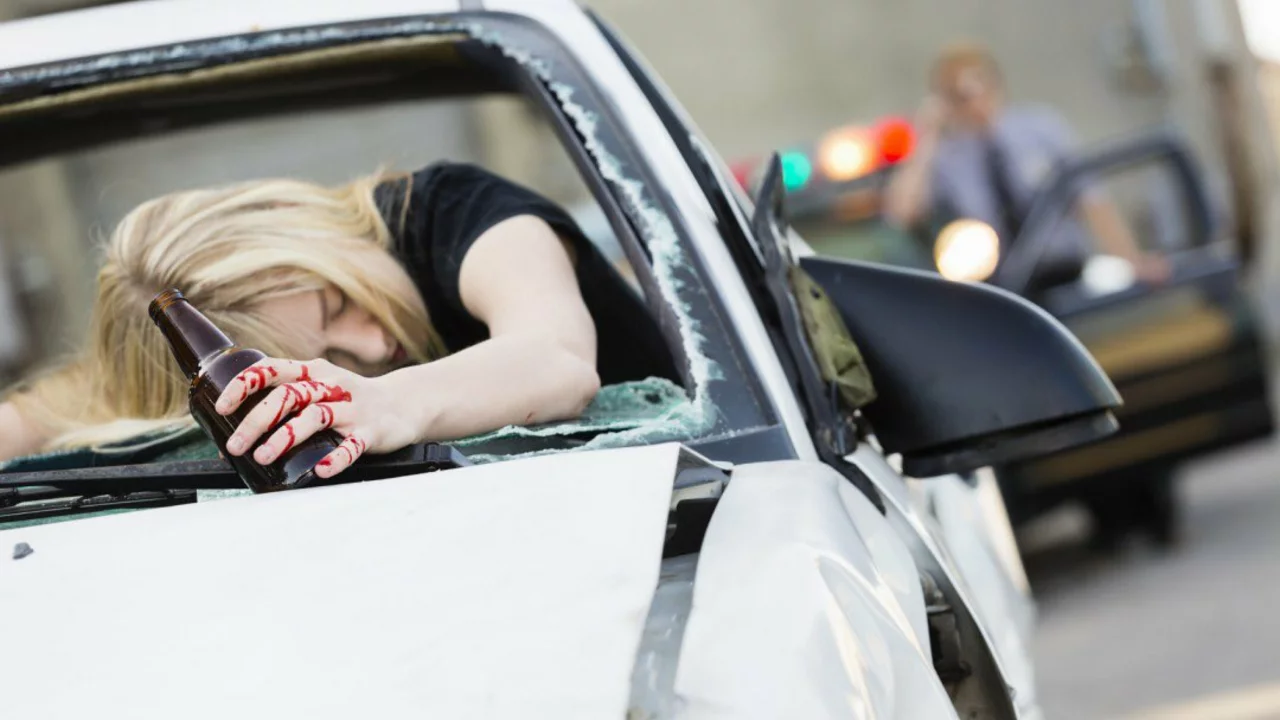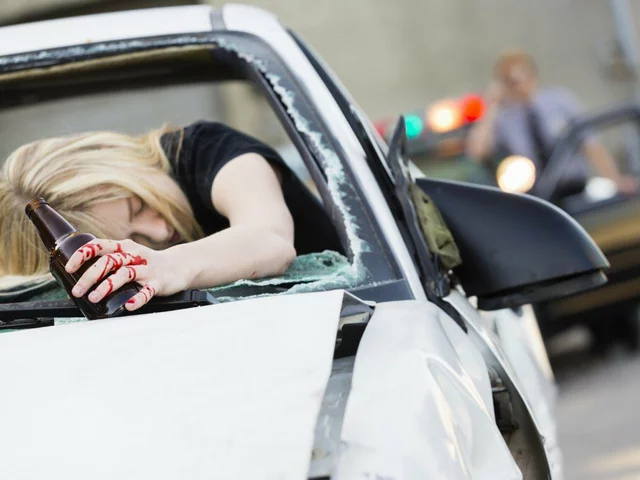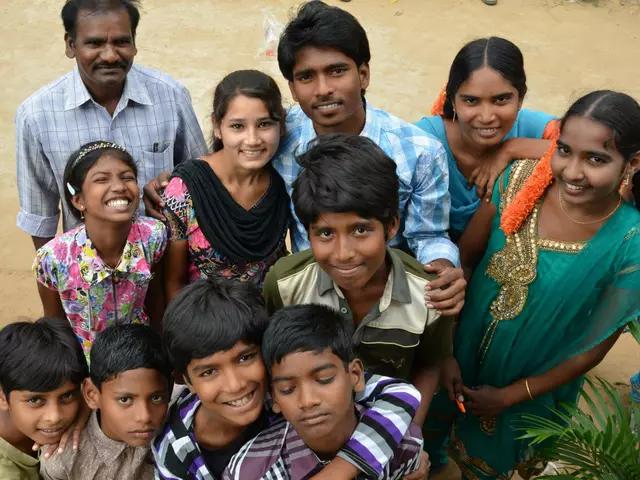Worst Accident: Real Stories and Safety Lessons
When a disaster hits, it stamps an image in our minds that doesn’t fade easily. From collapsed bridges to high‑speed train crashes, these events reveal how fragile our safety nets really are. In this page we break down what makes an accident rank among the "worst," look at a few unforgettable examples, and give you clear actions to protect yourself when something goes wrong.
What Makes an Accident the ‘Worst’?
It isn’t just the number of lives lost. A "worst" accident often combines high casualties, massive property damage, and lasting social impact. For instance, the 2013 Lac-Mégantic train derailment in Canada caused 47 deaths, ripped apart a small town, and sparked worldwide debates about rail safety. Similarly, the 2004 Indian Ocean tsunami wasn’t a single crash, but the sheer scale of destruction turned it into a benchmark for worst‑case scenarios.
Two key factors usually push an incident into the worst‑category:
- Human error amplified by technology. When a skilled operator makes a small mistake while controlling massive equipment—like a pilot ignoring a warning—consequences explode.
- Infrastructure failures. Cracks in bridges, weak dams, or poorly maintained tracks turn normal wear into catastrophic collapse.
Media coverage also plays a role. A well‑documented crash spreads quickly, making the public more aware and often prompting policy changes.
How to Protect Yourself After a Major Crash
You can’t control everything, but you can prepare. Here are three practical steps you can take the minute an accident occurs around you:
- Stay calm and assess. Panic clouds judgment. Look for immediate hazards—fire, broken glass, unstable structures—and move away if it’s safe.
- Know the nearest exits. In public places, locate exit signs, stairways, and emergency routes when you first arrive. This habit saves precious seconds.
- Carry a basic emergency kit. A small pouch with a whistle, flashlight, bottled water, and a copy of your health info can make a big difference while help arrives.
After you’re out of immediate danger, follow official instructions. Authorities may set up shelters, ask for IDs, or request that you stay put until the area is cleared. Ignoring these directions can put you back in harm’s way.
Lastly, learn from past accidents. Many governments now require regular safety drills for schools, workplaces, and public transport. Join these drills, ask questions, and encourage friends to do the same. The more familiar you are with emergency procedures, the more likely you’ll act correctly when a real incident strikes.
Worst accidents remind us that safety isn’t a one‑time checklist; it’s a habit built on awareness, preparation, and learning from history. Keep these lessons close, stay alert, and you’ll be better equipped to handle the unexpected.



